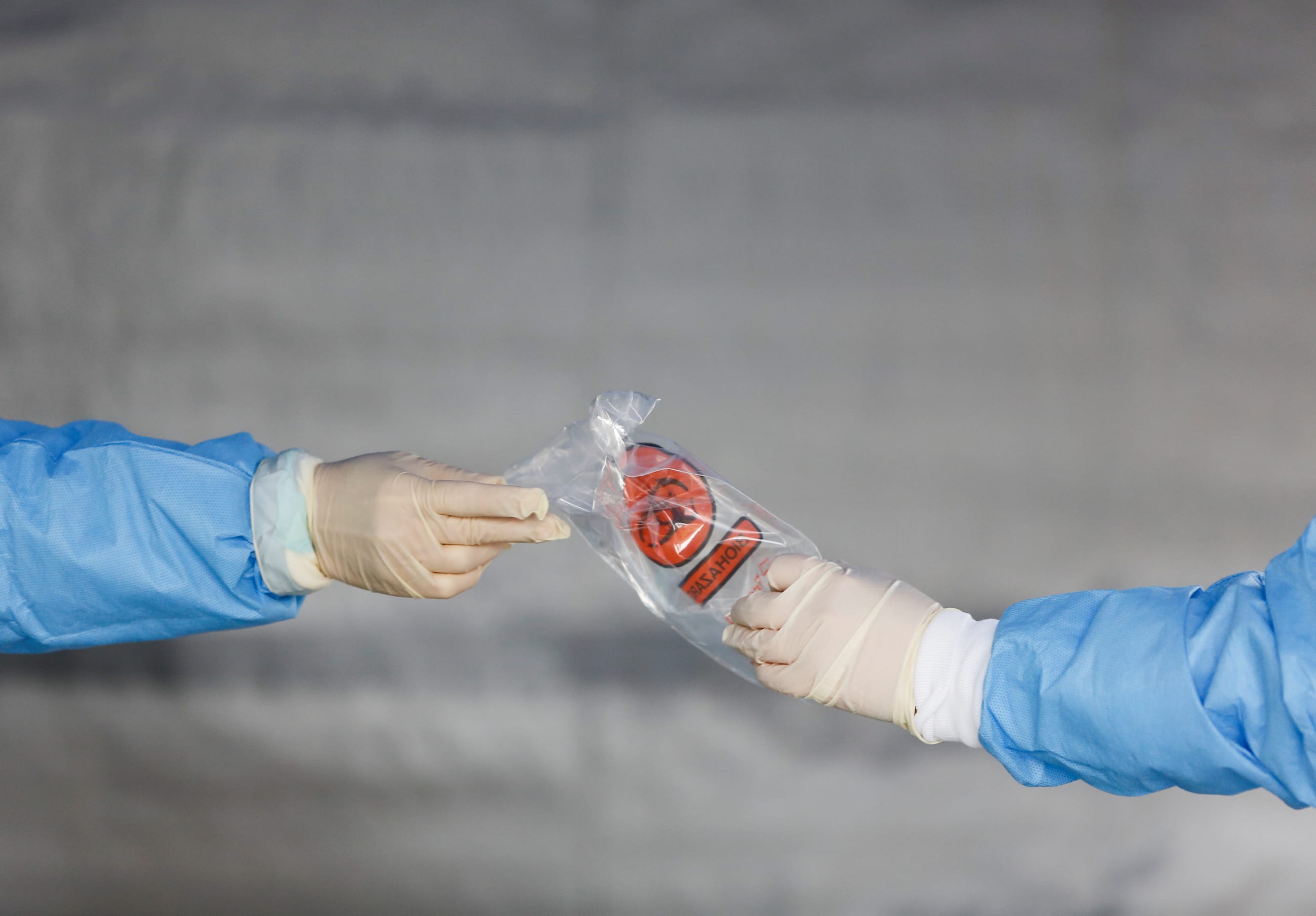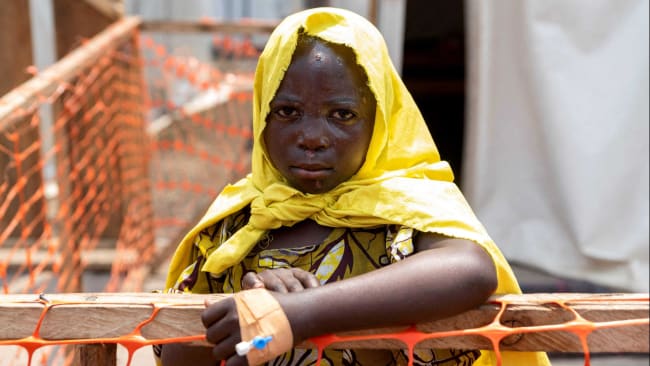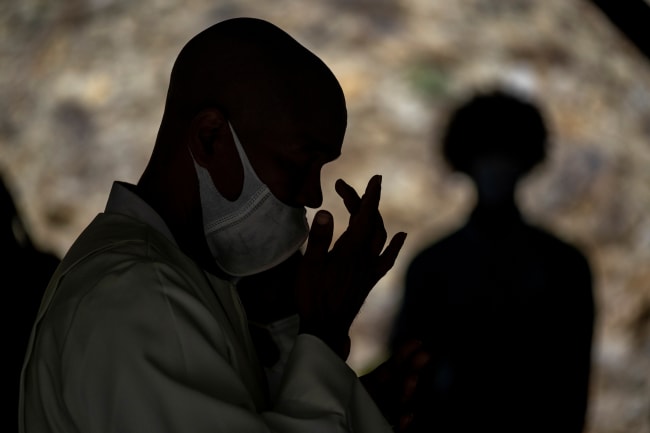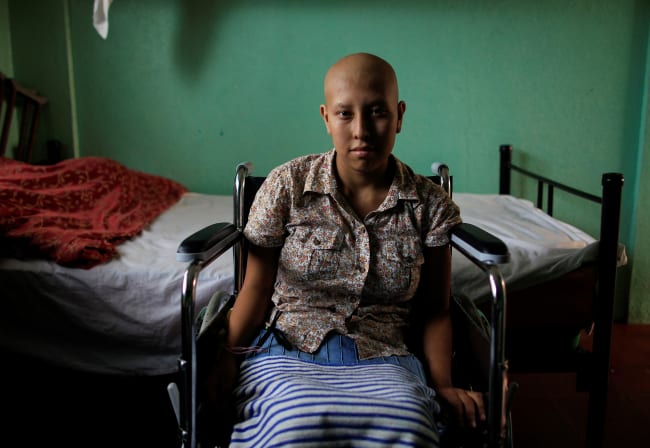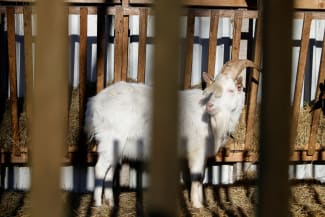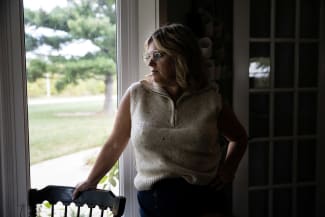On February 17, 2025, debates will resume over the World Health Organization (WHO) Pandemic Agreement. Negotiators are returning to the table with less optimism about and leeway to explore multilateral compromise than a year ago, particularly after center- and far-right parties have taken power in the United States and across Europe. The work of pandemic risk reduction, however, will take longer than any one administration. The Pandemic Agreement will shape health over the next century, much as the Paris Agreement has shaped the response to climate change, and negotiations as well as implementation are likely to continue with or without any one country. When negotiators and advocates return to the table next month, they should come with clear, commonsense proposals that can gain global support ahead of the World Health Assembly in May.
Member states have just four months to build consensus on two potential deal-breakers. First, the treaty needs to address the millions of excess deaths caused by inequitable sharing of COVID-19 vaccines. A partial solution, the proposed Pathogen Access and Benefit-Sharing (PABS) System (Article 12) would allow the WHO to share small quantities of vaccines, drugs, and diagnostics on the basis of public health needs. Second, the treaty needs to find a way to reduce the risk of future pandemics. According to the One Health concept, animal pathogens with pandemic potential can be identified before they reach humans (Article 5). Mitigating the ecological drivers of zoonotic spillover (primary prevention), and improving outbreak detection and response (secondary prevention), both reduce the odds that wildlife or livestock pathogens ever become a human health emergency (Article 4).
Those two goals—making future pandemics less deadly and having fewer pandemics altogether—are at the heart of the Pandemic Agreement. The emerging tension between the two, however, poses an existential threat to the treaty: High-income countries may not agree to the creation of the PABS System unless the treaty takes clearer and bolder action on prevention. So far, negotiators have struggled to land on more specific language about potential obligations. As a result, some negotiators are pushing to finalize the treaty and leave specifics on prevention, and potentially PABS, to a separate annex or protocol that can be negotiated after May 2025. At the final negotiating sessions of 2024, however, tensions boiled over as negotiators from low- or middle-income countries expressed hesitation about agreeing to additional obligations without clarity on their potential scope and cost.
The Current Treaty
Early in the COVID-19 pandemic, pandemic prevention advocates called for ambitious multilateral action to mitigate the drivers of zoonotic disease emergence, such as eliminating wildlife farming in China or halving deforestation in the tropics. Unfortunately, the decision to develop the Pandemic Agreement under the WHO's constitutional authority—and not through the UN General Assembly, or the UN Environment Program (UNEP)—narrowed the scope of potential policy. Even the strongest voices for prevention in the negotiations, such as the European Union, acknowledge that the treaty cannot take broad action on "environmental conservation and protection" or "climate change mitigation and adaptation."
Those two goals—making future pandemics less deadly and having fewer pandemics altogether—are at the heart of the Pandemic Agreement
Civil society organizations (CSOs) and infectious disease experts have criticized negotiating drafts for giving less attention to primary prevention than to secondary prevention, preparedness, or response. The current negotiating text, however, reflects many relevant concepts and framings. The preamble recognizes both the One Health concept as well as the importance of prevention, and establishes the WHO's "directing and coordinating authority" on pandemic prevention—an important departure from narrower readings of their constitutional mandate. Articles 4 and 5 similarly recognize the role of global environmental change as a driver of pandemic risk, the need for interventions that prevent pathogen spillover at the human-animal-environment interface, and the importance of multisectoral One Health collaboration to design and implement those interventions.
More important, Articles 4 and 5 create an unambiguous, binding obligation for parties to develop policies that reduce pandemic risk in several ways, among them "prevention of infectious disease transmission between animals and humans, including zoonotic disease spillover." The specifics are currently left for parties to decide, for important reasons: They will need to develop different strategies based on underlying differences in wildlife and pathogen communities, risk factors for emergence, and—as recognized in the preamble—different capabilities, capacities, and resources.
Without losing this flexibility, those obligations would be strengthened by greater specificity about categories of intervention. Those could be informed by recommendations from the Quadripartite's One Health Joint Plan of Action, which outlines several priority areas for national policy reform, such as safer, sustainable "wildlife-based economies" and animal agriculture. Countries also need to look beyond direct regulation of natural resources and address the economic drivers of unsustainable resource use. This will be particularly important given that high-income country demand is the driving force behind both the international wildlife trade and deforestation and land conversion in hotspots of zoonotic disease risk.
The Pandemic Agreement could also borrow a tool from the Convention on International Trade in Endangered Species of Fauna and Flora (CITES), and establish a national legislation project that tracks these policies and their implementation. This would help countries create their own legislation, facilitate efforts to monitor and evaluate the effectiveness of national policies (Article 17), and, most important, serve as a nonpunitive and public tool for accountability.

Dedicated Financing for Prevention Programs
Advocates often emphasize that primary prevention is cheaper than pandemic response, but most prevention measures are still expensive, especially in low-resource settings. Countries will need to develop and maintain One Health and law enforcement workforce, invest in new diagnostic capacity and scientific research, and reduce or replace extractive industries, which provide both revenue and employment. The burden that places on low- or middle-income countries could be significant, particularly alongside other new costs related to preparedness and response.
Current negotiating text on prevention only vaguely references cooperation on "technology transfer and financing." The mandate of the proposed Coordinating Financing Mechanism (CFM), as laid out in Article 20, however, expressly includes "expanding capacities for pandemic prevention." If the World Bank–administered Pandemic Fund steps into this role, prevention is unlikely to take a back seat to preparedness and response. Many of the 47 projects already supported by the fund take a One Health approach or explicitly address prevention. A competitive national grantmaking mechanism like the fund's is, however, poorly suited for supporting rapid-turnaround efforts to contain animal health emergencies before they become human health emergencies (e.g., H5N1 influenza in cattle). The CFM may also be less likely to support long-term investments in "deep prevention," such as efforts to replace extractive industries. Parties could contribute to a dedicated line of funding within the CFM, or create a separate Prevention Fund in Article 4, that supports one or both of these areas.
Supporting Science and Data Sharing
The WHO's greatest success with the One Health approach predates the One Health concept by 50 years: The Global Influenza Surveillance and Response System (GISRS) coordinates influenza sample and data sharing—from both humans and animals—among national influenza centers and laboratories in 130 countries. GISRS also forms the basis for the Pandemic Influenza Preparedness (PIP) Framework, the treaty that provided the template for the PABS System.
Since the GISRS was established, the world has faced four influenza pandemics (in 1957, 1968, 1977, and 2009) and two pandemics of other zoonotic viruses (HIV and SARS-CoV-2). Influenza may be the perennial pandemic threat, but scientists now know that tens of thousands of viruses could someday make the jump to humans.
Existing language on surveillance in Articles 4 and 5 could be reframed around the creation of a Global Pre-Emergence Pathogen Surveillance and Response System (PREP System) focused on other zoonotic and vector-borne pathogens with pandemic potential, including national focal points for scientific coordination and emergency response, with clear lines of communication to WHO and, as appropriate, the World Organization for Animal Health and the Food and Agriculture Organization; international hubs for scientific research and countermeasure development; and channels for rapid sharing of wildlife and livestock pathogen samples, sequences, and surveillance data.
This would help solve long-standing problems with the International Health Regulations (IHR). Under Article 6, countries are required to tell WHO about zoonotic disease outbreaks only after they have the potential to become a public health emergency of international concern; countries' risk assessment can be subjective and inconsistent; and no obligation exists to share scientific data on pre-emergence pathogens that could someday pose a risk to human health. The PREP System could also eventually support a PIP-like mechanism that complements and future-proofs the PABS system: If future pandemic products are developed based on high-risk wildlife viruses, such as universal betacoronavirus vaccines, they might fall outside the scope of PABS.
Targeted Action on Wildlife Trade
COVID-19 has brought unprecedented attention to the risks associated with wildlife trade, including wildlife farms, supply chains, markets, consumption, and pets. Only 7% of zoonotic viruses are associated with wildlife trade, but they include several pathogens with pandemic potential, including coronaviruses, primate retroviruses, and avian influenza viruses.
Wildlife trade brought conservation and animal welfare organizations to the table in Geneva. Those groups, with their nearly singular focus on wildlife trade, have been among the most engaged and effective CSOs. It may not be possible to conclude negotiations without specific action on this issue, especially given the continued risk of another COVID-19-like pandemic. As negotiations come down to the wire, however, the scramble to define primary prevention might lead negotiators to reach for clear proposals such as a global ban on wildlife trade or fur farming at the expense of the treaty's political viability (and pushing the limits of the WHO's constitutional authority in matters related to animal health and welfare).
As negotiations come down to the wire, however, the scramble to define primary prevention might lead negotiators to reach for clear proposals
Realistically, it will not be possible to develop a detailed global framework for wildlife trade regulation by May 2025. If Article 4 negotiations stall on this issue, the best path forward would be a plan to develop an annex or protocol modeled on the CITES appendices system, where narrowly defined groups of species would be subject to outright restriction or regulation of international trade; species could be added to these lists over time based on evolving assessments of zoonotic risk. Such an instrument would need to learn from the failure points of CITES by including substantial dedicated financing and creating channels for the participation of scientists and law enforcement professionals.
Conservation and animal welfare CSOs may also push for stronger enforcement mechanisms than CITES, such as sanctions. Negotiators should approach these tactics with caution. Sanctions and other punitive measures invariably create perverse incentives that could undermine compliance and transparency and potentially even outbreak reporting under the IHR. Recent history speaks directly to these risks. Early in the COVID-19 pandemic, limited transparency about the wildlife traded in Huanan Seafood Wholesale Market hindered scientific consensus-building on the origins of SARS-CoV-2, exacerbated tensions between the United States and China, and created a rift between China and the WHO that could undermine global health security far into the future. To avoid recreating this problem, member states could instead consider a model like the new IHR Standing Committee, which focuses on nonpunitive approaches such as collaboration and sharing technical expertise.
What Comes Next
As it stands, the proposed Pandemic Agreement represents a significant step forward in the WHO's ambition related to primary prevention and—especially with relatively minimal additions—could meaningfully reduce the risk of future pandemics. However, scientists and pandemic prevention advocates will also have more opportunities for global reforms after this particular treaty is finalized. They can start this process by identifying other UN fora with a more compatible mandate, such as UNEP or the Convention on Biological Diversity, as possible homes for new instruments and soft law.
Knowing that the work will continue after May 2025, these advocates should throw their weight behind the treaty and behind the strongest possible language, not only for Articles 4 and 5, but also for Article 12. Doing so would build trust between the global health, conservation, and animal welfare communities, demonstrating an ability to work outside narrow silos of advocacy. Failing to do so risks gambling the treaty itself, opening the door to a future with no progress on pandemic prevention or preparedness.

